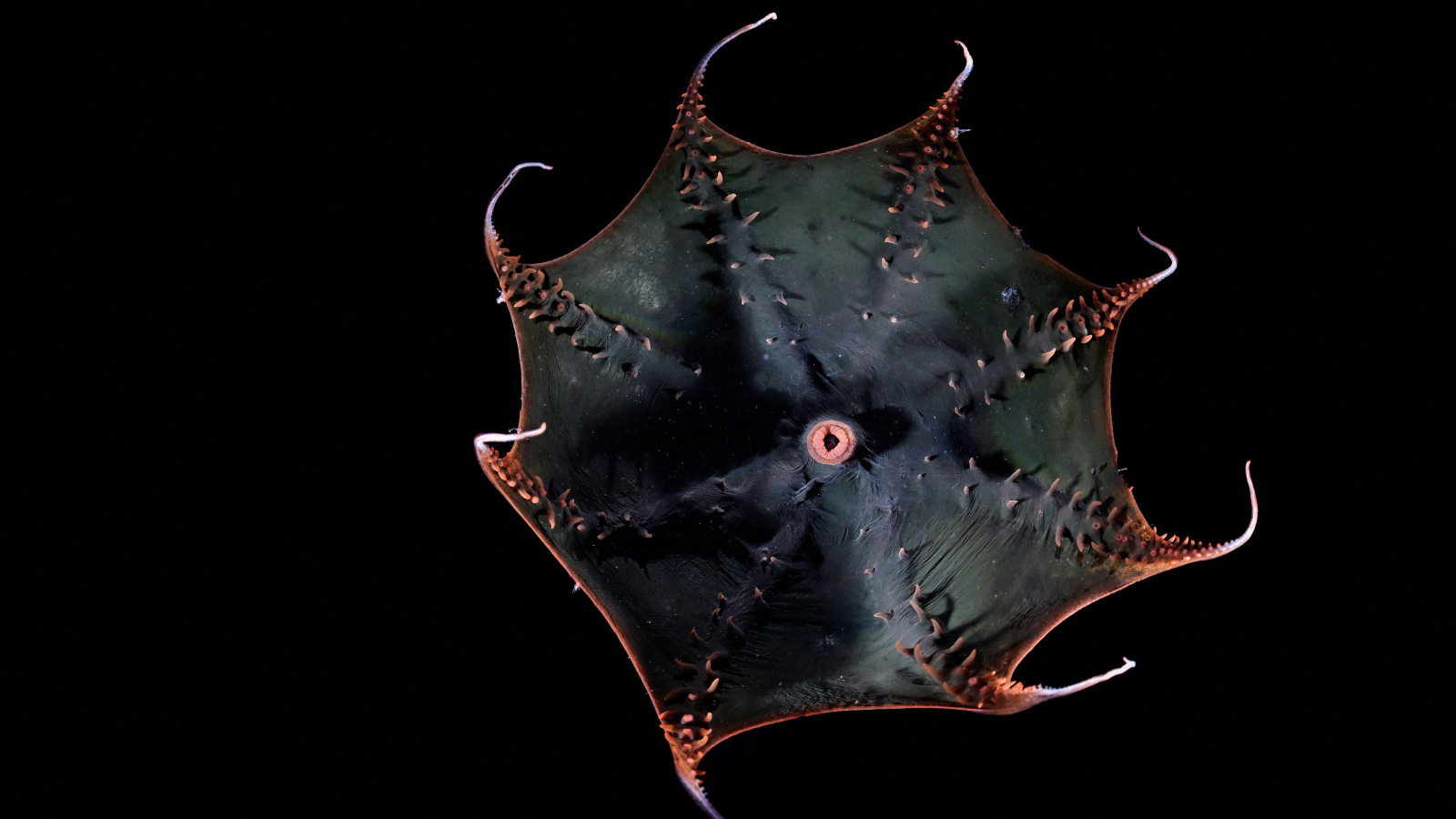Invasive Species
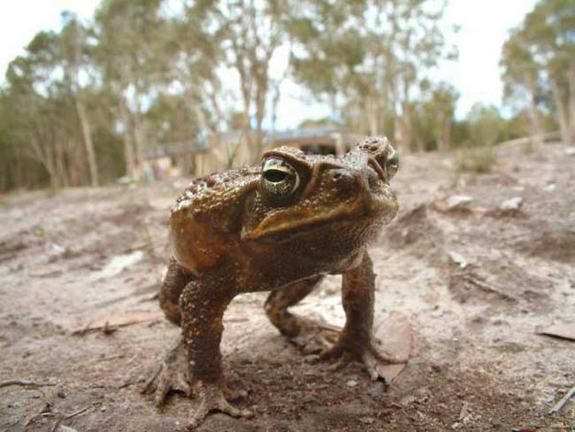
From cane toads to kudzu, invasive species (sometimes called alien species) are those that aren't native to an ecosystem and that cause harm to native species, local economies or humans. Invasive species can be terrestrial species, like the pythons invading Florida's Everglades, marine, like the lionfish invading Caribbean waters, or pathogens. Invasive species can cause harm by out-competing native species, or preying on them. They can sometimes increase fire risks or contribute to erosion. Some invasive species have been introduced accidentally and others, like kudzu, were introduced on purpose and then spread more widely than originally intended. Invasive species are found in every type of habitat and are typically difficult to eradicate. Read more about invasive species around the globe and efforts to stop their spread.
Latest about invasive species
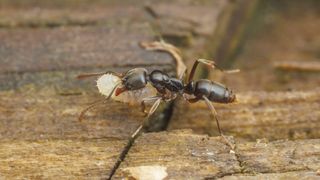
Invasive Asian needle ants are surging in US Southeast — and their bite can trigger anaphylaxis
By Sascha Pare published
Asian needle ants found in the southeastern states of the U.S. have been spreading north and west for years, but experts now consider them to be a medically important pest and urge caution.
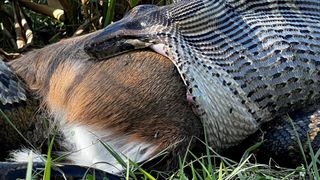
'Truly primal': Watch Burmese python swallow deer whole in Florida Everglades by stretching its mouth to the absolute limit
By Hannah Osborne published
Female Burmese python measuring 14.8’ (4.5m) and weighing 115.2 lbs (52.3 kg) consuming a white-tailed deer weighing 76.9 lbs (34.9 kg) in southwestern Florida.
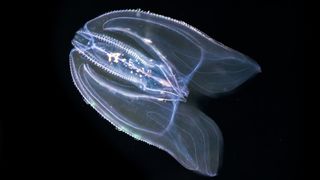
This transparent sea creature can age in reverse
By Sascha Pare published
The sea walnut, a type of comb jelly that has become invasive in parts of Europe and Asia, can transform from a sexually mature adult back into its larval form when times are tough.

Nearly half a million 'invasive' owls, including their hybrid offspring, to be killed by US
By Harry Baker published
The U.S. Fish and Wildlife Service has released a final proposal to kill around 450,000 invasive barred owls in the Northwest, in an attempt to save two native species.
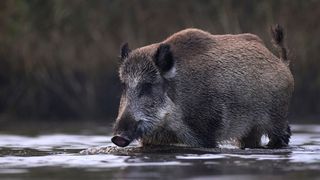
Canadian 'super pigs' are likely to invade northern US, study warns
By Sascha Pare published
There is "high potential" for hogs that have gone feral in Canada to cross into South Dakota, North Dakota, Montana and Minnesota, where the pigs could inflict billions of dollars in damage.
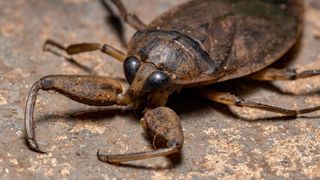
Giant 'toe biter' water bugs discovered in Cyprus for the 1st time
By Patrick Pester published
Scientists believe toe-biting giant water bugs have arrived in Cyprus from the mainland, but they're not sure why or how.
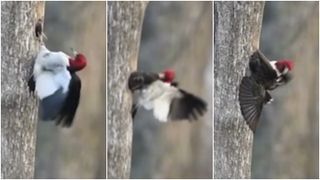
Watch woodpecker evict starling that stole its nest by yanking it out with its beak
By Sascha Pare published
A bird photographer in Michigan has captured dramatic footage of the moment a red-headed woodpecker found a starling in its tree trunk nest and evicted it by yanking it out.
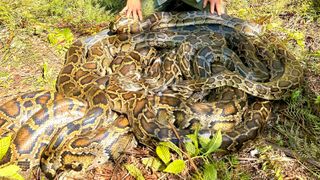
Giant ball of Burmese pythons having sex discovered in Florida Everglades in record-breaking catch
By Hannah Osborne published
In a record-setting expedition, conservationists in the Everglades captured and removed 11 invasive pythons from the environment.
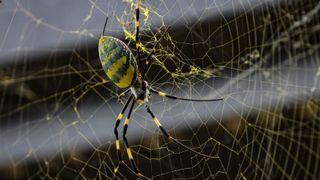
Giant, invasive Joro spiders with 6-foot webs could be poised to take over US cities, scientists warn
By Harry Baker published
A new study shows that invasive Joro spiders are surprisingly "urban tolerant," which could enable them to take over cities and other urban areas across the U.S. East Coast.
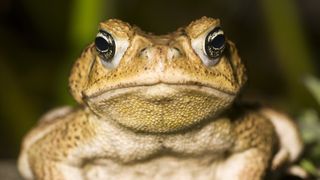
Annual cane toad kill-a-thon is about to start in Australia. Here's how to eliminate the pests humanely.
By Sascha Pare published
Instead of bludgeoning Australia's invasive cane toads to death, scientists advise popping them in the fridge for a day or two before transferring them to the freezer to finish them off.
Get the world’s most fascinating discoveries delivered straight to your inbox.


